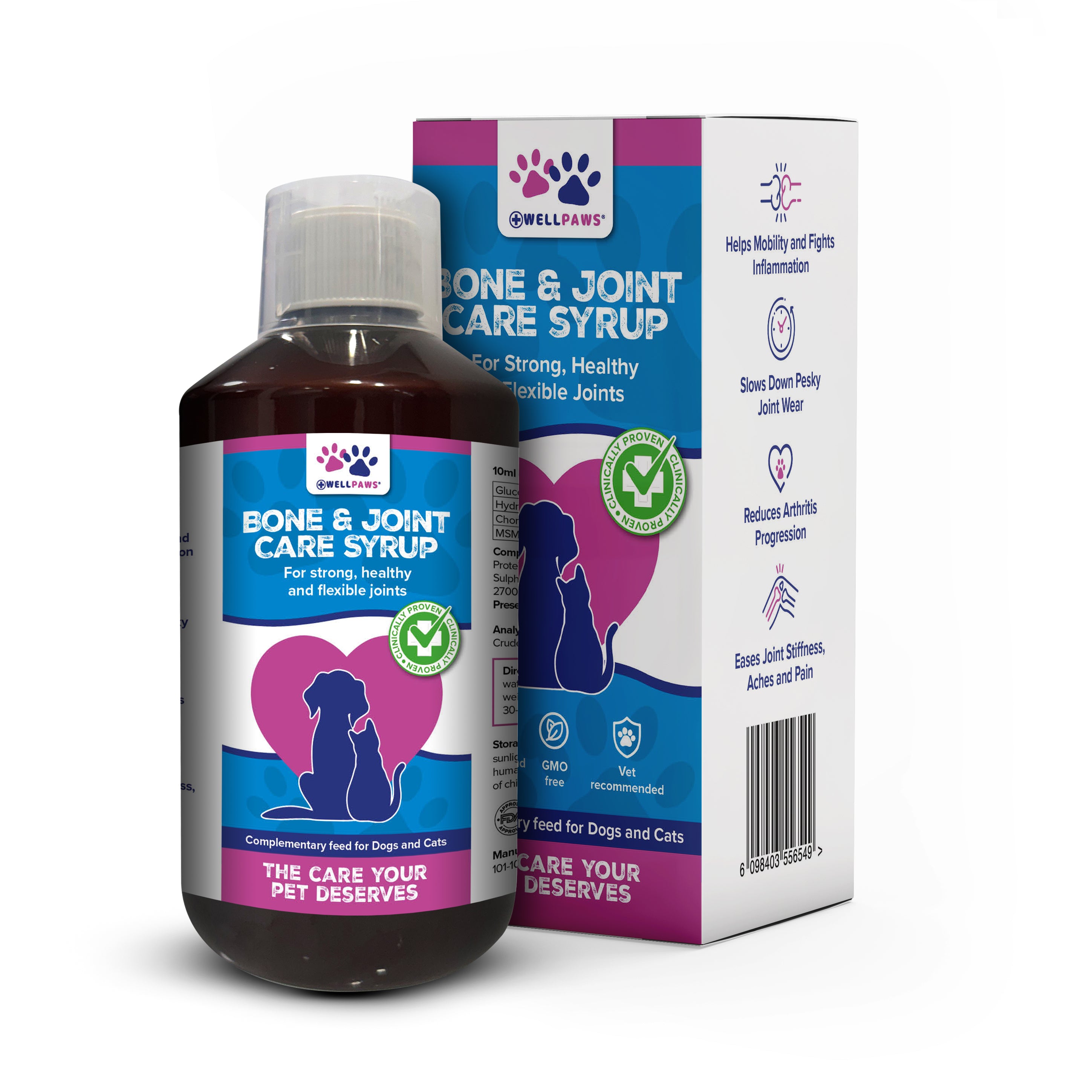
Ringworm in Dogs: Symptoms, Causes, and Treatment
Despite its misleading name, ringworm is not caused by a worm or parasite. Instead, it’s a fungal infection that affects the skin, hair, and nails of dogs, humans, and other animals. It’s somewhat similar to athlete’s foot in humans, just caused by a different type of fungus.
Ringworm is particularly common in puppies, senior dogs, and long-haired breeds, though any dog can contract it.
What Does Ringworm Look Like on a Dog?
Ringworm often appears as red, circular, raised patches on the skin, though not all infections form perfect “rings.” In some dogs, these areas may look gray or scabby instead of red.
Because the fungus infects the hair follicles, it causes the hair shafts to break off near the skin. This can make the affected areas look like patches of hair loss (alopecia). As the infection spreads, the bald spots may take on irregular shapes, and sometimes hair begins to regrow in the center of the patch.
Ringworm commonly appears on a dog’s legs, paws, head, and ears, but it can occur anywhere on the body. If the nails become infected, they may turn brittle, rough, and even break off.
Some dogs act as carriers of ringworm without showing visible symptoms. These asymptomatic dogs can still spread spores to other pets or people, a particular concern in kennels, shelters, and daycare facilities.

How Do Dogs Get Ringworm?
Ringworm spreads through direct contact with an infected animal or contaminated objects. The fungi produce tiny spores that can survive in the environment for months or even years.
Just one spore entering broken skin, a small cut or scrape, is enough to cause infection. These spores can live on bedding, towels, furniture, grooming tools, and carpets for up to 24 months, making it a challenge to fully eliminate them from a home.
Can Humans Catch Ringworm from Dogs?
Yes, ringworm is zoonotic, meaning it can spread between animals and humans. However, it’s relatively uncommon for humans to contract it from dogs. Infection typically occurs only if you have broken or damaged skin, such as a cut or scrape.
Those most at risk include young children, the elderly, and anyone with a weakened immune system. In humans, ringworm usually appears as a red, circular rash on the skin.
If your dog has been diagnosed with ringworm and you haven’t developed symptoms, it’s unlikely that you will, especially if you follow your vet’s hygiene and treatment recommendations.
Treating Ringworm in Dogs
If you suspect your dog has ringworm, it’s important to see a veterinarian right away. Ringworm will not go away on its own, and home remedies are ineffective. Proper treatment is crucial to stop the infection from spreading to other pets or humans.
Your vet may diagnose ringworm by:
-
Using a UV light (Wood’s lamp) to detect fungal growth
-
Examining skin and hair samples under a microscope
-
Sending samples to a lab for confirmation

Once diagnosed, your vet may prescribe:
-
Oral antifungal medication to stop the fungus from reproducing
-
Topical treatments or medicated shampoos to kill the fungus on the skin
Always wear gloves and protective clothing when applying medication or bathing your dog. If you’re pregnant, inform your vet, as some antifungal treatments are not safe to handle.
It’s essential to complete the full course of treatment; stopping early can cause the infection to persist or return.
Preventing the Spread of Ringworm at Home
While your dog is being treated:
-
Isolate them in one area of your home to prevent contamination.
-
Wash bedding, blankets, and soft furnishings frequently in hot water.
-
Vacuum and steam-clean carpets and curtains regularly.
-
Empty the vacuum bag immediately after cleaning. Ideally, burn the contents safely outdoors.
-
Dispose of or burn any contaminated items that cannot be disinfected (e.g., old toys or grooming tools).
-
Clean all surfaces and grooming equipment with a fungicidal disinfectant recommended by your vet.
Taking these precautions will help eliminate spores from your environment and reduce the risk of reinfection.
Final Thoughts
While ringworm in dogs can be frustrating to deal with, it’s a treatable condition with proper veterinary care and hygiene. By acting quickly and following your vet’s advice, you can help your dog recover faster and prevent the infection from spreading to others in your home.







